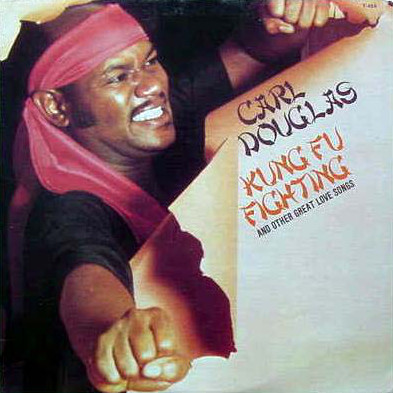Enhancing sessions with pre- and post-game music
Published on

It is well known that the opening and closing scenes of a movie can be greatly enhanced by music, and doing the same for your roleplaying games is one way of using RPG Ambience. Both moviegoing experiences and roleplaying sessions, however, actually start before the opening scene and end after the closing scene.
The real start of the experience is when the audience members arrive—in the cinema or at the gaming table—and it really only ends when they have left. During all of this time before and after the main attraction, the audience will be enthusiastically discussing their expectations, their impressions, and their hopes for possible sequels. Movie directors have no way of influencing this important part of the experience, but gamemasters do, and one effective way of doing so is by playing music before and after the adventure itself.
The idea behind using pre- and post-game music is to promote a certain mood that you want the players to be in while they are creating their characters or recapping the previous session, as well as when they are discussing the game right after it has finished. The music can simply reinforce themes that are important to the adventure itself, such as starting a horror session with dark, ominous music to get the players in the mood. Conversely, it can also provide contrast, such as ending that same horror session with upbeat music in order to take the edge off the situation.
The common idea is that you can influence your players to think about the game—and to think about it in a certain manner—even while they’re not playing it.
Since pre- and post-game music takes place outside of the adventure itself, it doesn’t have to relate directly to any events taking place in-game. This gives you some creative freedom and allows you to select music that would otherwise be difficult to fit into a session.
How to select pre- and post-game music
For pre-game music, suitable tracks include epic opening themes, menu music from video games, and tracks that are too varying in tempo or mood to use during the adventure itself.
As an example, consider the first distinct piece of music that plays in the Knights of the Old Republic video game. The famous Star Wars opening theme doesn’t actually appear until after the player has created his character; during the entire character creation process, the music played is the theme of the Old Republic. This epic composition is too anthemic to easily fit inside an adventure, yet not powerful enough to serve as the adventure’s opening theme (which in any Star Wars game is a given). As pre-game music, however, it works perfectly to give the players a sense of epic adventure coupled with the uniquely ancient feel that accompanies games set in this era.
For post-game music, you have even more leeway in selecting your tracks, because you don’t risk setting the wrong tone for an entire session. Unless your campaign is of a very serious nature, you can even consider using humorous, silly, or even modern-day tracks that tie into the story that you were telling.
For a recent one-shot game set in mythical China, I ended the session with the well-known ‘70s song “Kung Fu Fighting” by Carl Douglas, also notably used in the movie Kung Fu Panda. It’s light-hearted, anachronistic, and downright silly, and using it in-game would have ruined the mood, but playing it after the adventure made perfect sense. If you’re not prepared to go that far, look for setting-appropriate music that reinforces the overall experience of the players, such as an upbeat orchestral composition for a session that saw the characters prevail in an epic battle.
Even if you put a lot of effort into selecting pre- and post-game music, it may not make an obvious difference at the gaming table itself. That’s alright, because the main goal of using pre- and post-music is to affect players subtly, or even subconsciously. If the players start to find themselves feeling that the gaming experience starts as soon as they enter the gaming room, and only ends just after they have left it, you’re doing things right.
If you have comments on this post, send them in and they might be featured on the blog.